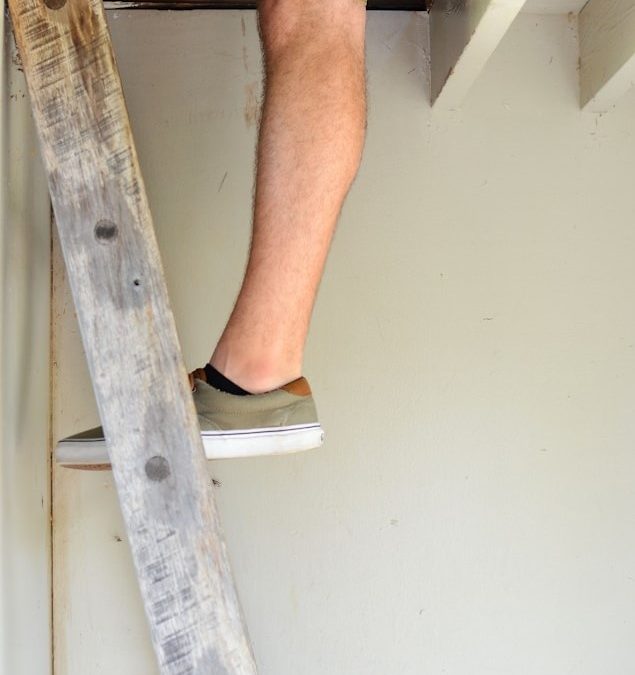Downsizing is no longer just about retirees or empty-nesters moving to the country. Today, it involves a diverse range of individuals, including young professionals seeking to reduce living costs and middle-aged homeowners looking to free up equity.
Motivations vary widely, from managing space as one ages to embracing a ‘lock-and-leave’ lifestyle for frequent travel. Many down-sizers prioritize location and amenities over space, opting for vibrant urban areas with easy access to shops and cultural attractions.
Here is a list of some practicalities of downsizing specific to this type of move that you may not encounter in other home-moving situations. It is understandably biased toward a more mature audience, but many factors could apply to any down-sizer. Whether you’re a young professional, a family adjusting to change, or a retiree, the journey presents unique challenges and opportunities.
1. Emotional attachment: Be prepared to deal with the emotional aspect of parting with possessions and memories associated with your present home.
2. Space planning: Carefully measure any beloved furniture and belongings to ensure they’ll fit in your new, smaller space.
3. Decluttering and storage: Downsizing often requires significant decluttering. Consider temporary storage solutions for items you’re unsure about keeping.
4. Financial implications: Be aware that selling your home may affect your entitlement to means-tested benefits.
5. Legal considerations: If moving in with family, consider having a formal agreement drawn up to clarify financial arrangements and expectations.
6. Equity release planning: Determine how you’ll use any equity released from downsizing, such as supplementing retirement income or paying off debts.
7. Specialist retirement housing: Consider purpose-built retirement properties that offer additional support and community features.
8. Accessibility features: Choose a property with features that will remain practical as you age, such as step-free access or reinforced walls for potential grab rails.
9. Running costs: Factor in potentially lower heating, maintenance, and insurance costs for a smaller property.
10. Location considerations: Prioritize proximity to social activities, family and medical facilities when choosing your new area.
11. Community engagement: Research opportunities for social activities and community involvement in your new area.
12. Future-proofing: Select a property layout that will accommodate potential mobility issues in the future.
13. Transport links: Ensure good public transportation options in your new location in case driving becomes difficult later.
Remember, downsizing is not just about moving to a smaller space but also about adapting to a new lifestyle that better suits your current and future needs.
For your property related needs at such times, you could benefit from a free initial consultation with Aikman Bell.

